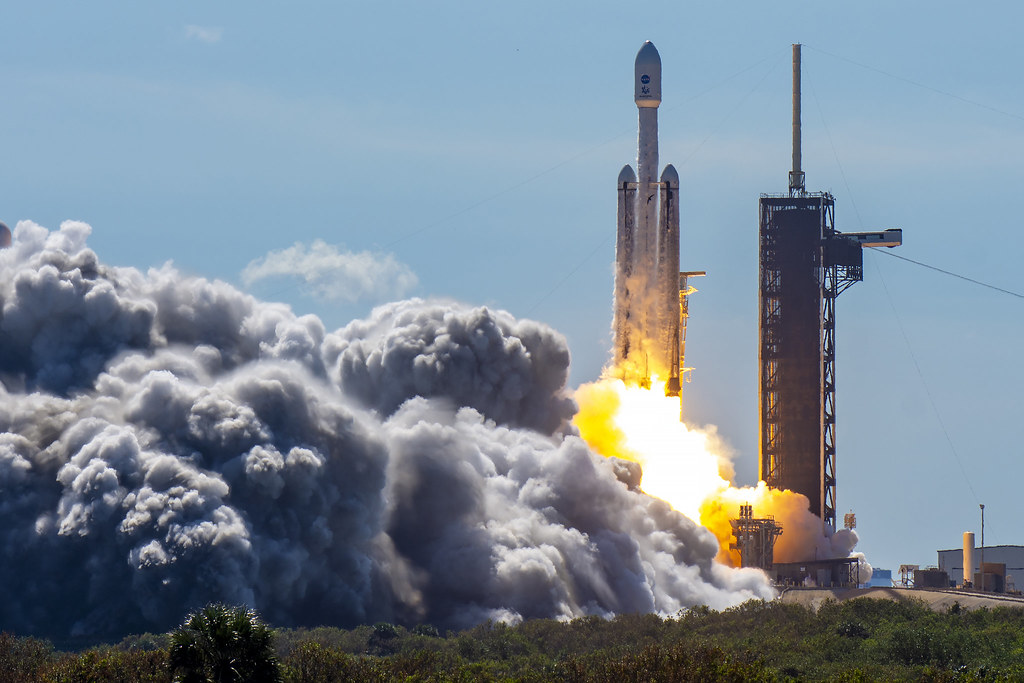
With last week’s launch, SpaceX has taken a huge step towards scaling its Starlink satellite program. Since then, they’ve launched their new V2 Mini Optimized design. The company’s third annual progress report celebrates an encouraging milestone. At the beginning of 2023, our latest satellite iteration launched, doubling our launch capacity.
Improvements in V2 Mini Optimized Design
The V2 Mini Optimized microsatellites boast a number of improvements compared to their predecessors, such as advanced avionics, propulsion systems and power systems. These changes drive an incredible optimization. As is evidenced by our ability to now launch 29 satellites in one mission, six more than the first V2 Mini design. In the past two weeks, SpaceX has boosted the maximum satellite load to 28. This creative accomplishment stands as a testament to the remarkable potential of their exploratory new design.
We know SpaceX is on a mission to protect broadband quality from overload. When using the V2 Mini Optimized, each satellite has the potential to provide a jaw-dropping network bandwidth of 96 Gbps. Improvements in technology are meant to surpass the legacy V1.5 satellites. This timely upgrade is ensuring that all users have access to gigabit internet speeds.
“The satellites have upgraded avionics, propulsion, and power systems, and are mass optimized for Falcon 9 to allow up to 29 satellites to launch on each mission—six more satellites per launch than the original V2 Mini design,” a SpaceX spokesperson stated.
Reduction in Satellite Weight for Increased Capacity
The V2 Mini Optimized satellites have a liftoff mass of approximately 575 kilograms (1,267 pounds). This clever design reduction has made them almost 22% less heavy than the first generation V2 Mini satellites. This dramatic reduction in weight means Falcon 9 rockets can carry even more network capacity into orbit with each launch.
Alongside these upgrades, SpaceX is still working on a larger, more powerful V3 Starlink satellite. SpaceX is in the process of rapidly developing its Starlink fleet. This commitment strengthens its satellite internet service and increases worldwide coverage.
Author’s Opinion
SpaceX’s continued innovation with the V2 Mini Optimized satellites marks a significant leap in the scalability of the Starlink program. By increasing the number of satellites launched per mission and improving the satellite’s design, SpaceX is not only enhancing the efficiency of its operations but also ensuring greater global broadband coverage. With these improvements, the company is clearly positioning itself as a major player in the future of satellite-based internet. However, the long-term success will depend on how quickly they can roll out these advancements while continuing to manage global demand for their services.
Featured image credit: NASA Kennedy via Flickr
Follow us for more breaking news on DMR
